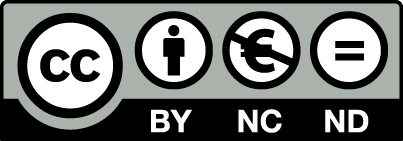Construction in clay areas with natural slopes prone to landslides and slope failures is an engineering challenge. To improve the safety in slopes, the general way, is to modify the slope geometry by reducing the active forces (excavation) or increasing resisting load (backfilling). In practice the reduction of effective stress affects the undrained shear strength in clay. The stress related reduction of undrained shear strength after large excavations in soft clay in western Sweden, has been analysed by advanced laboratory testing at different stress levels. The reduction in shear strength results in changes to safety factors in slope stability analyses.
Undrained shear strength in clay is dependent on stress history and can be calculated empirically using effective stress, over consolidation ratio and liquid limit. To accurately predict how undrained shear strength changes with stress level, site-specific constants (a & b) need to be evaluated. A series of direct simple shear tests at different stress states have been performed for this purpose on undisturbed clay samples. The pre-consolidation pressure and liquid limit varies for the clay samples tested. With site-specific constants evaluated from laboratory testing, undrained shear strength could be empirically calculated for different stress states and compared to the results from direct simple shear test with corresponding effective overburden stress.
Results indicate a good correlation between the empirically calculated value of undrained shear strength and the results received from direct simple shear tests at different stress states. The empirical relations and laboratory tests indicate that the effect of reduced undrained shear strength is larger near the surface and decreases with depth. For stability analysis, the changes in undrained shear strength from excavation can be modelled with the SHANSEP-model, which is an effective stress-based model.
The Open Access version of this proceedings has been made available under a Creative Commons Attribution-Non Commercial-No Derivatives (CC-BY-NC-ND) 4.0 license.
